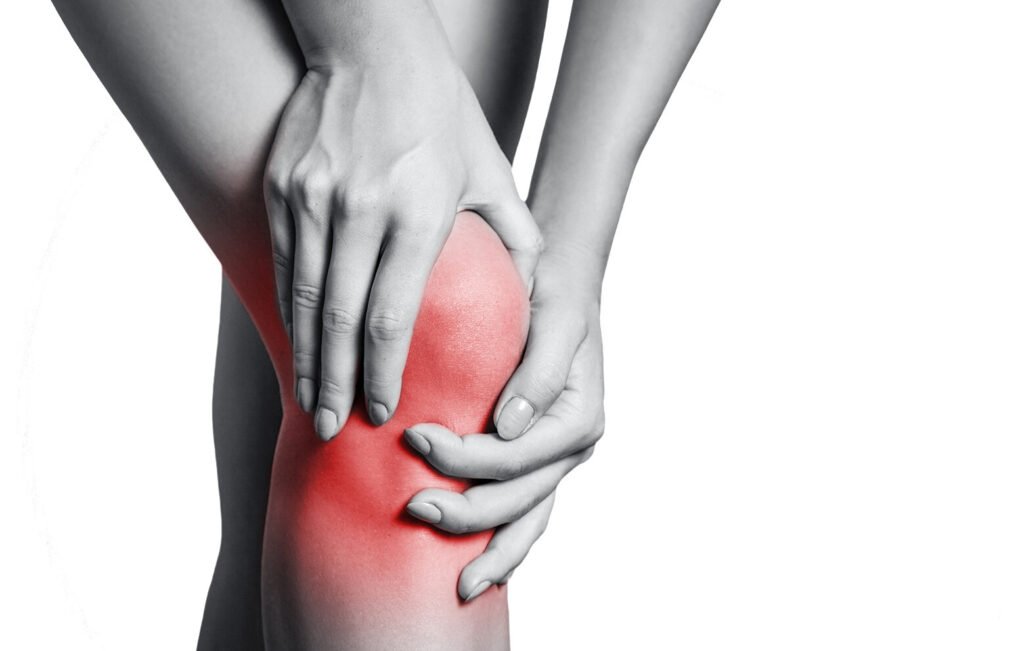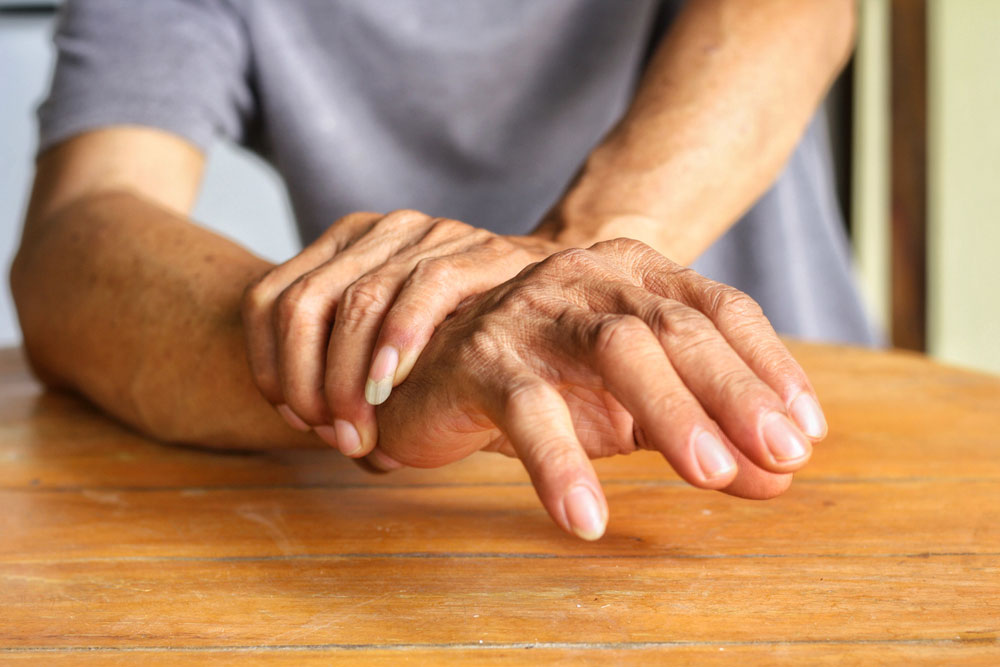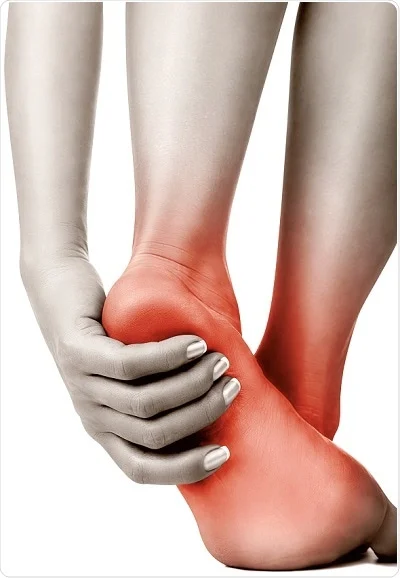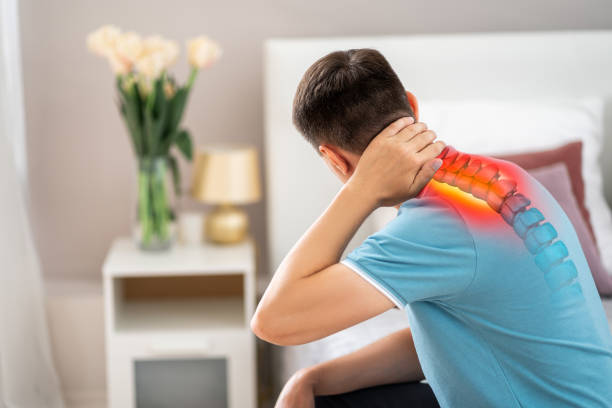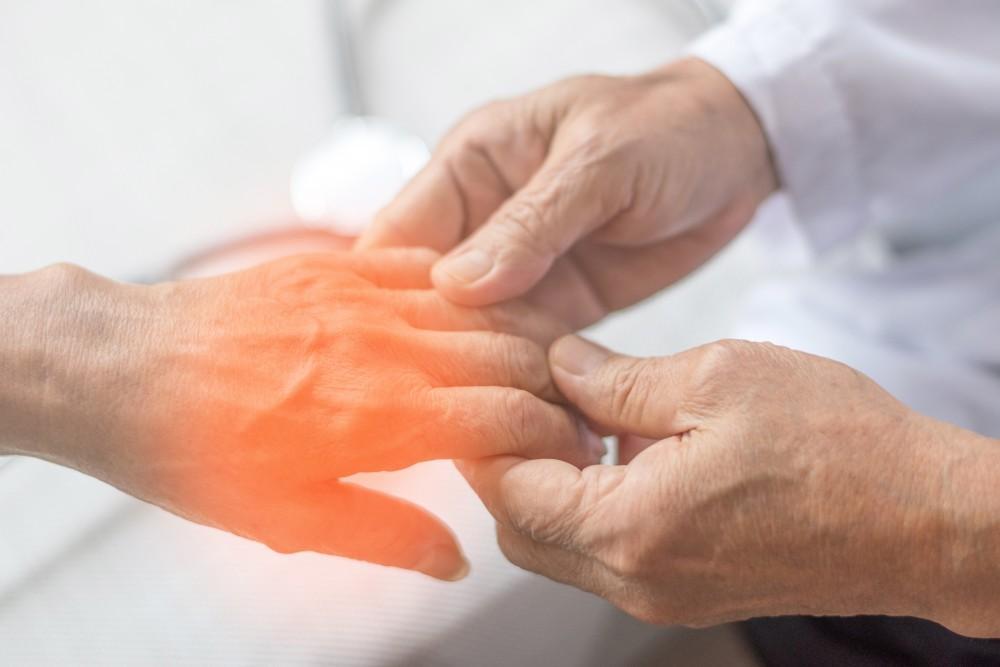Injuries:
- Ligament Injuries: Injuries to the anterior cruciate ligament (ACL) are common in athletes and can cause significant pain and instability.
- Meniscus Tears: The meniscus is a cartilage that cushions your knee. A tear can occur due to sudden twists or aging.
- Tendonitis: Inflammation of the tendons can cause pain, particularly in the patellar tendon, which is common in runners and cyclists.
Mechanical Problems:
- Loose Body: Sometimes, injury or degeneration can cause a piece of bone or cartilage to break off and float in the joint space.
- Iliotibial Band Syndrome: The iliotibial band can become tight and rub against the outside of the knee, causing pain.
Types of Arthritis:
- Osteoarthritis: This is the most common type, involving wear-and-tear of the cartilage.
- Rheumatoid Arthritis: An autoimmune condition that can affect any joint in the body, including the knees.
- Gout: This type of arthritis occurs when uric acid crystals build up in the joint.
Other Conditions:
- Bursitis: Inflammation of the bursae (small sacs of fluid that cushion the outside of your knee joint) can cause pain.
- Patellofemoral Pain Syndrome: This is pain at the front of your knee, around your kneecap, often caused by overuse or improper tracking of the kneecap.
Symptoms of Knee Pain
- Swelling and stiffness
- Redness and warmth to the touch
- Weakness or instability
- Popping or crunching noises
- Inability to fully straighten the knee
Diagnosing Knee Pain
To diagnose knee pain, a healthcare provider will typically:
- Perform a physical examination
- Review your medical history
- Order imaging tests (like X-rays, MRIs, or CT scans)
- Conduct laboratory tests if an infection or inflammation is suspected
Treatment Options
he treatment for knee pain varies depending on the cause. Here are some common approaches:
Medications:
- Pain relievers and anti-inflammatory drugs
- Corticosteroids or hyaluronic acid injections
Therapy:
- Physiotherapy: Exercises to improve flexibility, strength, and range of motion
- Occupational Therapy: Techniques to protect your knees and perform daily activities with less pain
Lifestyle Modifications:
- Weight management to reduce stress on the knees
- Avoiding activities that exacerbate knee pain
- Using supportive devices like braces or shoe inserts
Surgery:
- Arthroscopic Surgery: For repairing or removing damaged cartilage or loose bodies
- Partial Knee Replacement: Replacing only the most damaged part of the knee
- Total Knee Replacement: Replacing the entire knee joint
Preventing Knee Pain
- Stay Active: Engage in low-impact exercises like swimming, cycling, and walking.
- Maintain a Healthy Weight: Reducing excess weight decreases the stress on your knees.
- Strengthen Muscles: Focus on exercises that strengthen the quadriceps and hamstrings.
- Use Proper Technique: Ensure proper form when engaging in sports or exercising.
- Wear Supportive Shoes: Choose footwear that provides adequate support and cushioning.
When to See a Doctor
Consult a healthcare provider if you experience:
- Severe pain and swelling
- Inability to bear weight on your knee
- Noticeable deformity
- Fever in addition to pain, swelling, and redness

